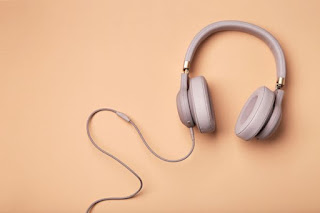- nositi odeću = to wear clothes
- nositi torbu = to carry a bag
- nositi dete = to bear a child
- nositi se sa problemima = to cope with problems
- pre- = over/ across
- prenositi = to carry over,
- preneti dete = to bear a child longer than it is due,
- preneti dete preko bare = to carry a child over a puddle
- iz- = out of /thoroughly
- izneti torbu = to carry out a bag,
- iznositi odeću = to wear some clothes for years,
- iznošena odeća = worn out clothes
- u- = into
- uneti torbu u kuću = to bring a bag into a house
- s- = downward movement / it also adds perfective aspect (sth. is finished)
- snositi posledice = to bear the consequences
- snositi troškove školovanja = to bear the cost of tuition fees (for example)
- pod - = to
- podnositi buku = to bear the noise (Kako možeš da podneseš ovu užasnu buku = How can you bear this awful noise ?)
- podneti ostavku = to submit a resignation
- podneti poraz = to accept a defeat
- podnositi ( vreme / pritisak...) = to withstand (weather conditions / pressure)
- od- = signifies the movement from/ out of or in the opposite direction
- odneti = to take sth.to (we took the clothes to them = odneli smo im odeću)
- On nosi ... / ona nosi ... / ono nosi ...
- On je nosio ... / ona je nosila / ono je nosilo ... or
- Nosio je... / nosila je ... / nosilo je ... (which is more common and neutral word order)

.png)


















